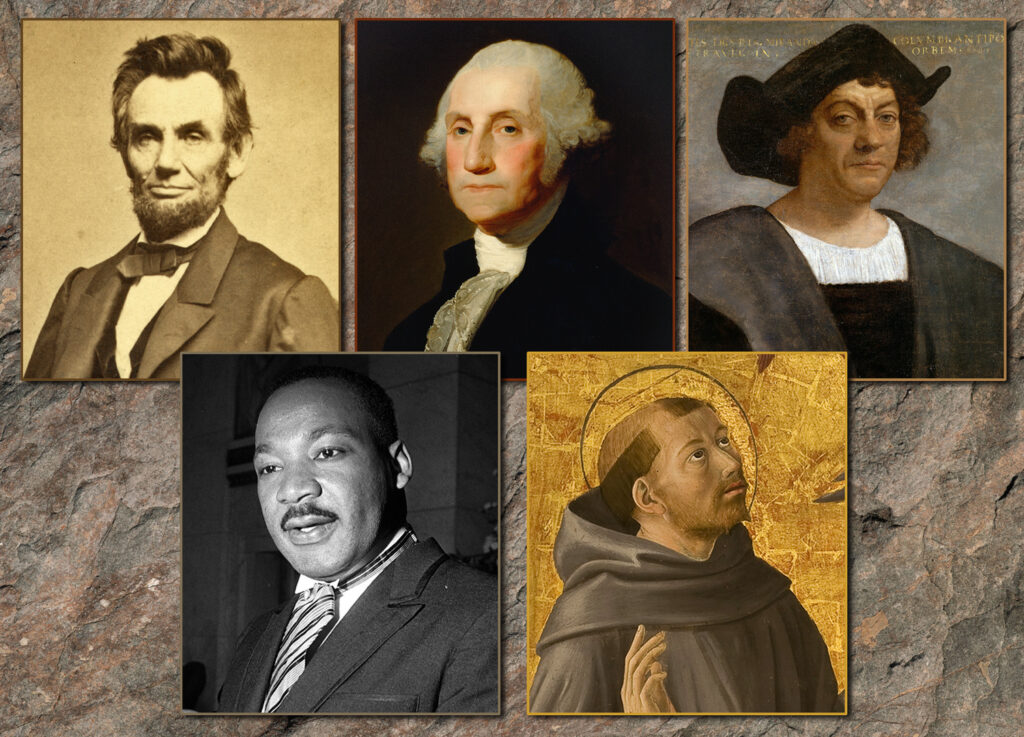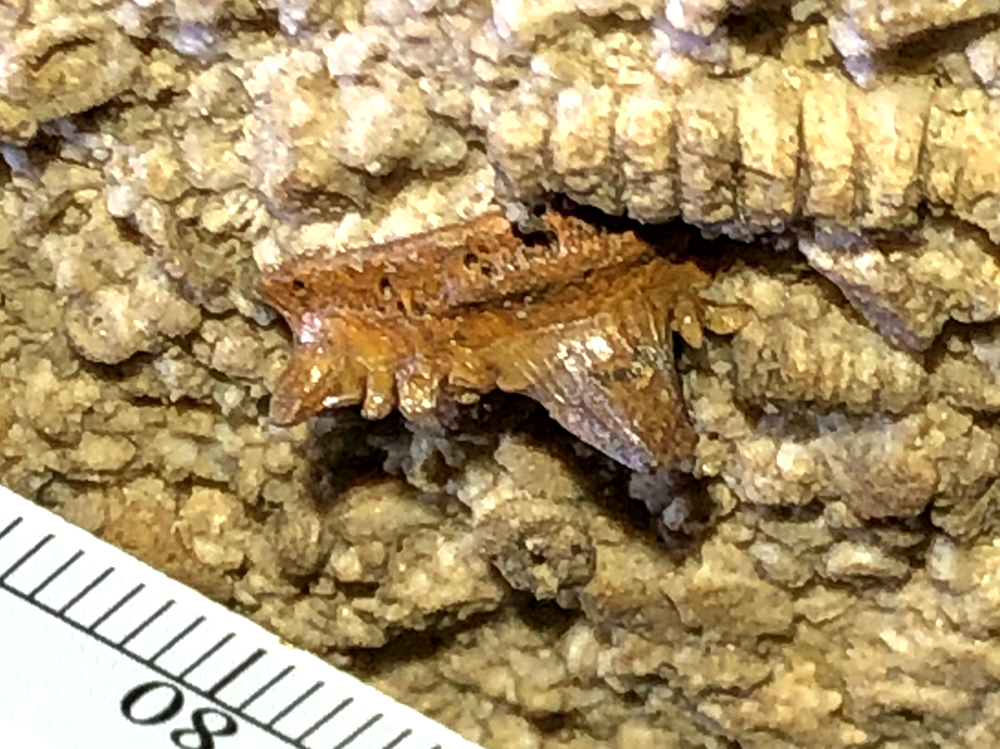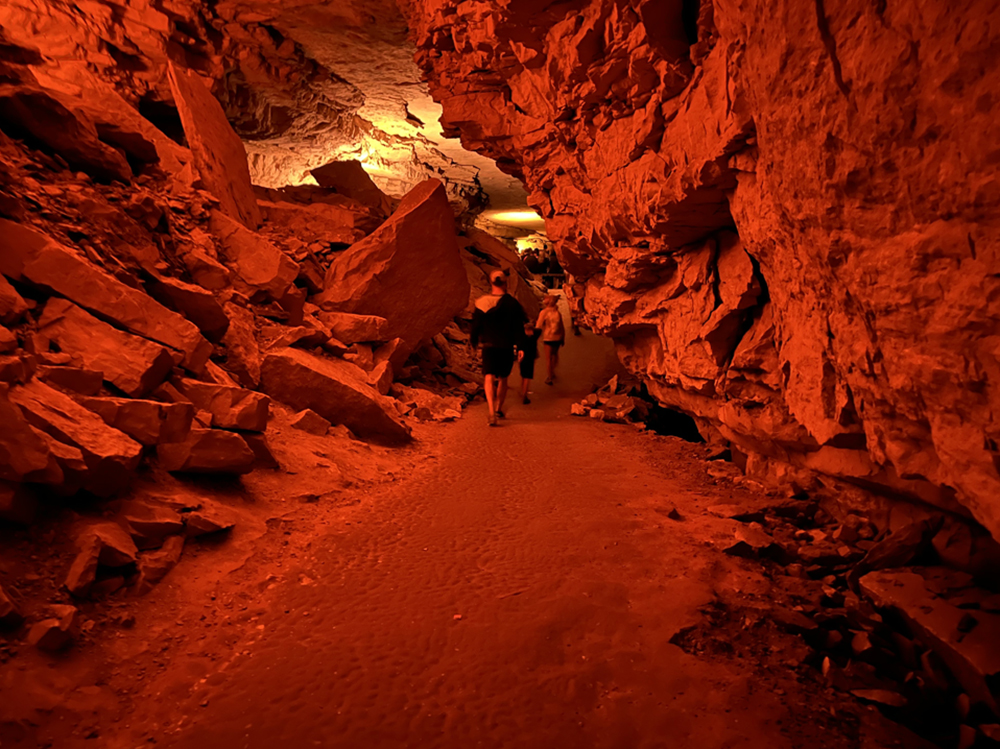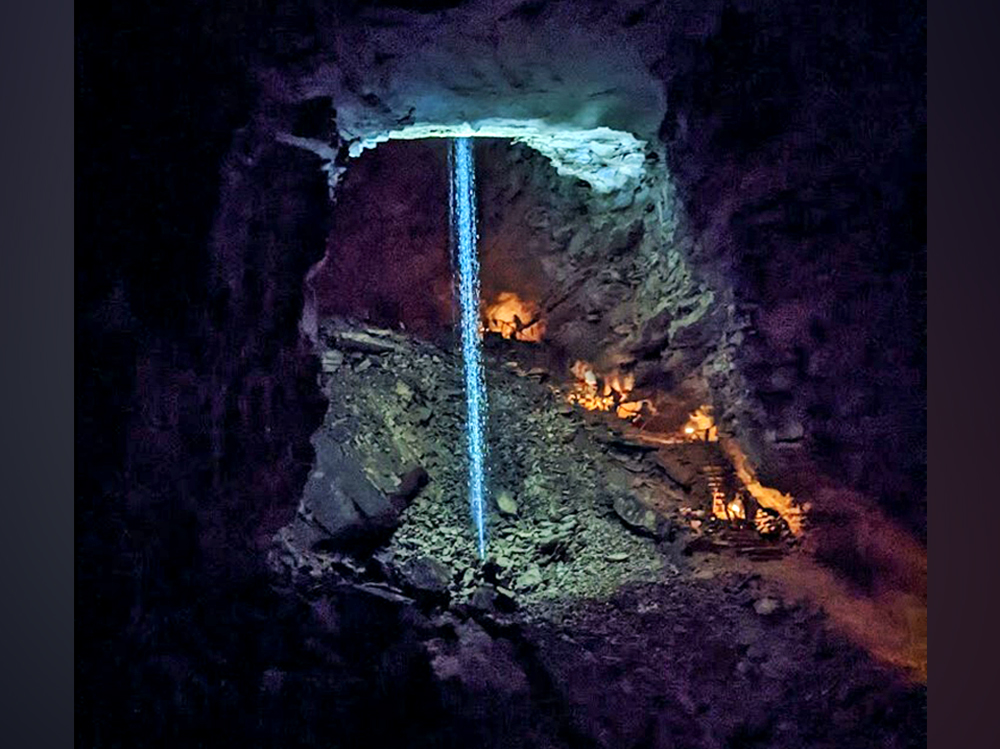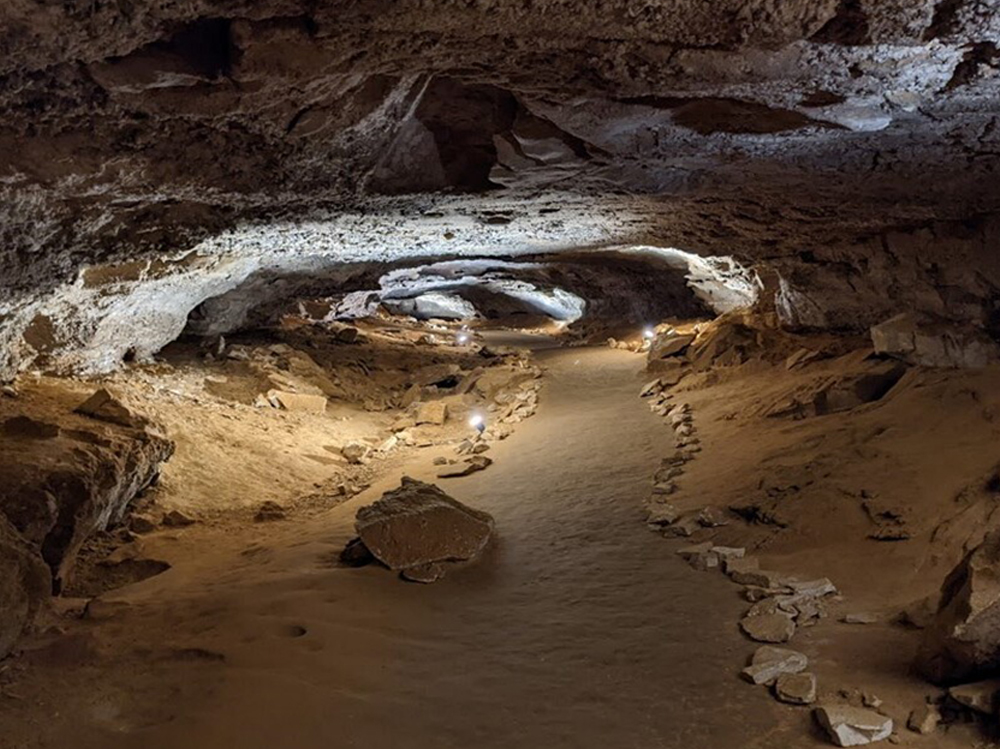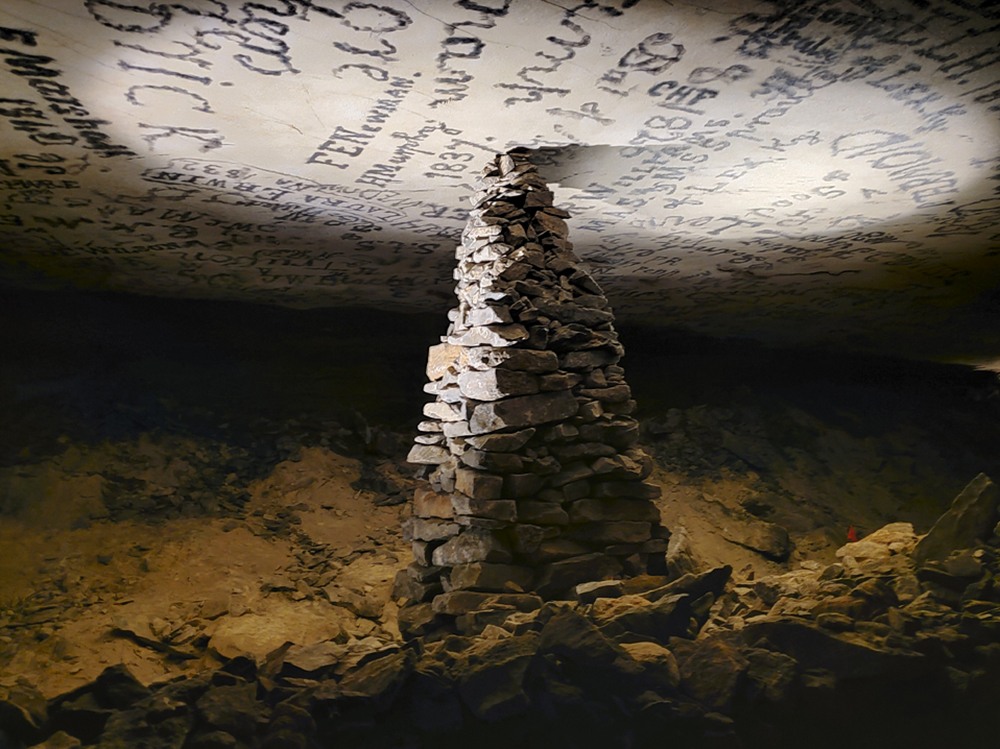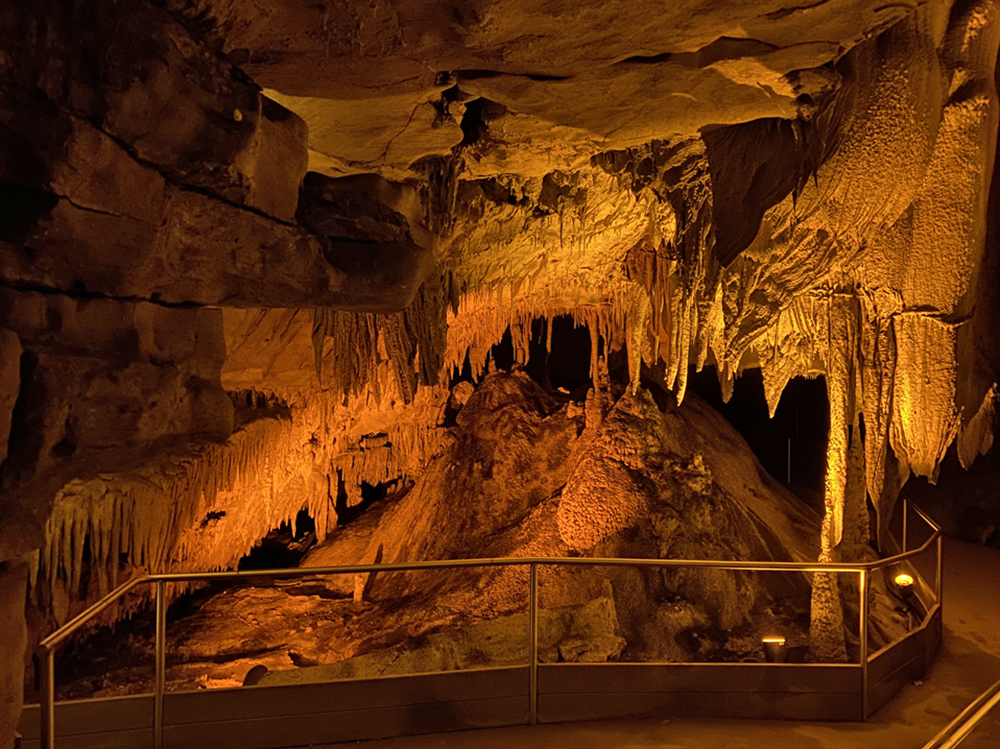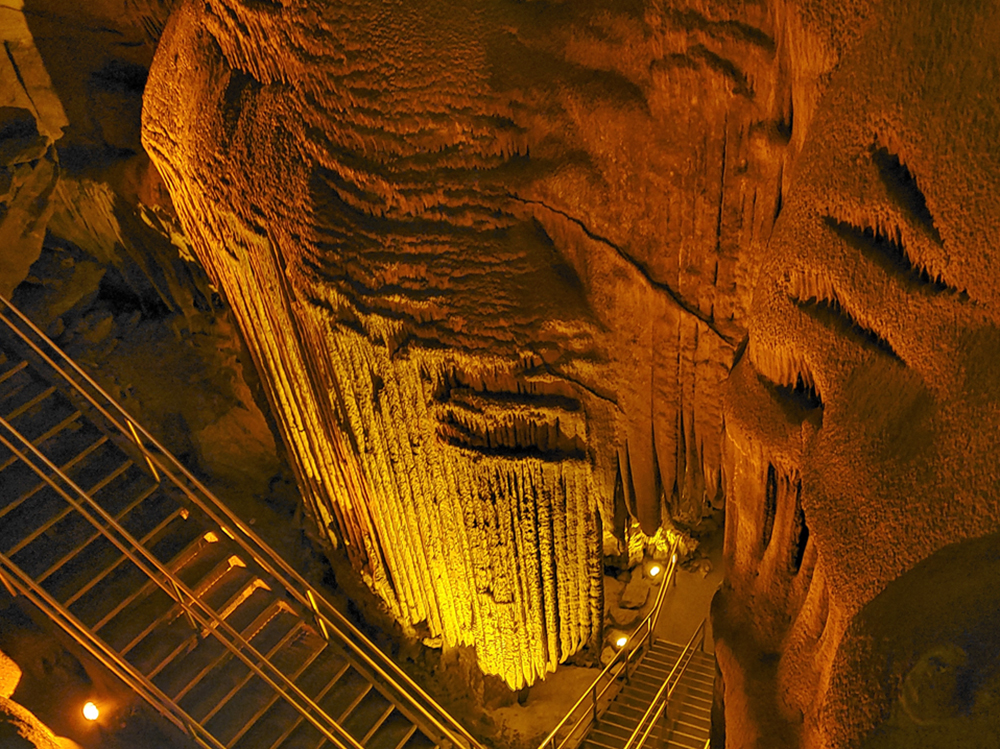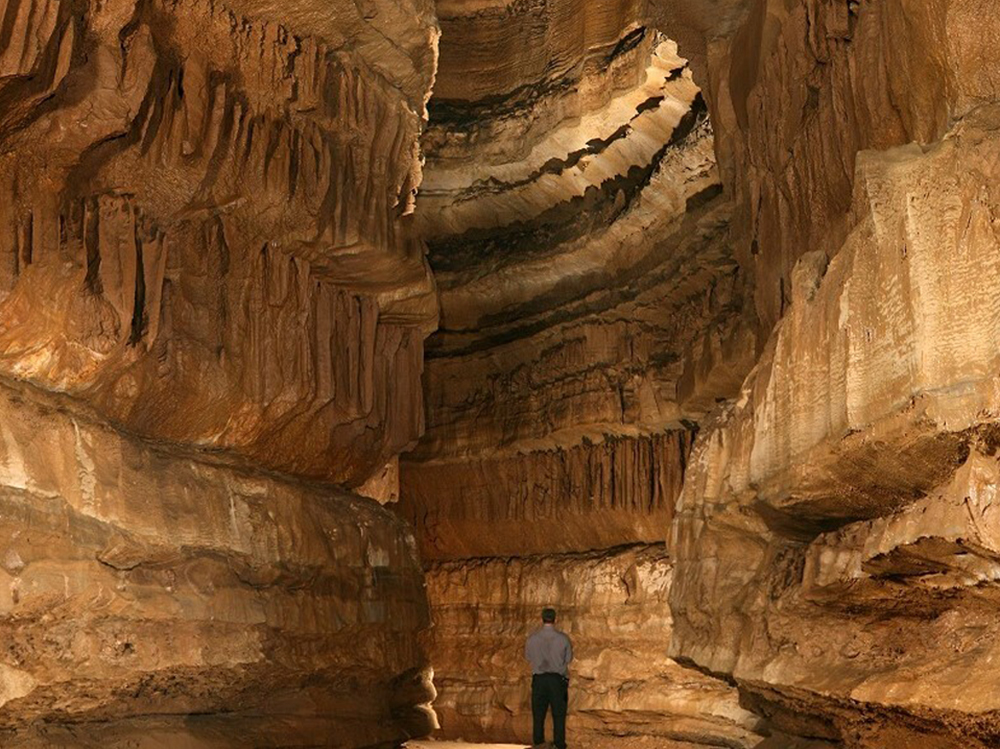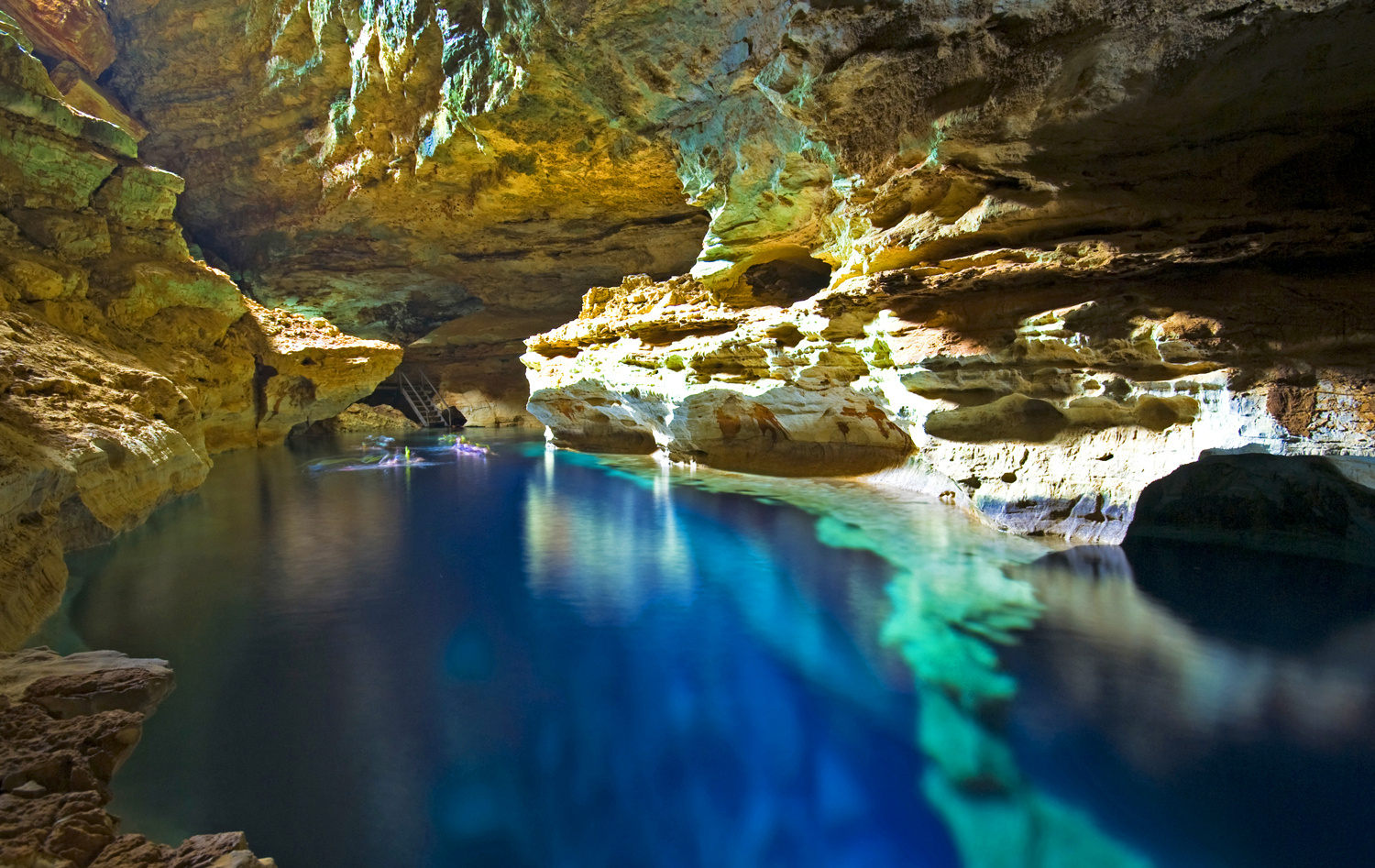Rethinking Our Heroes
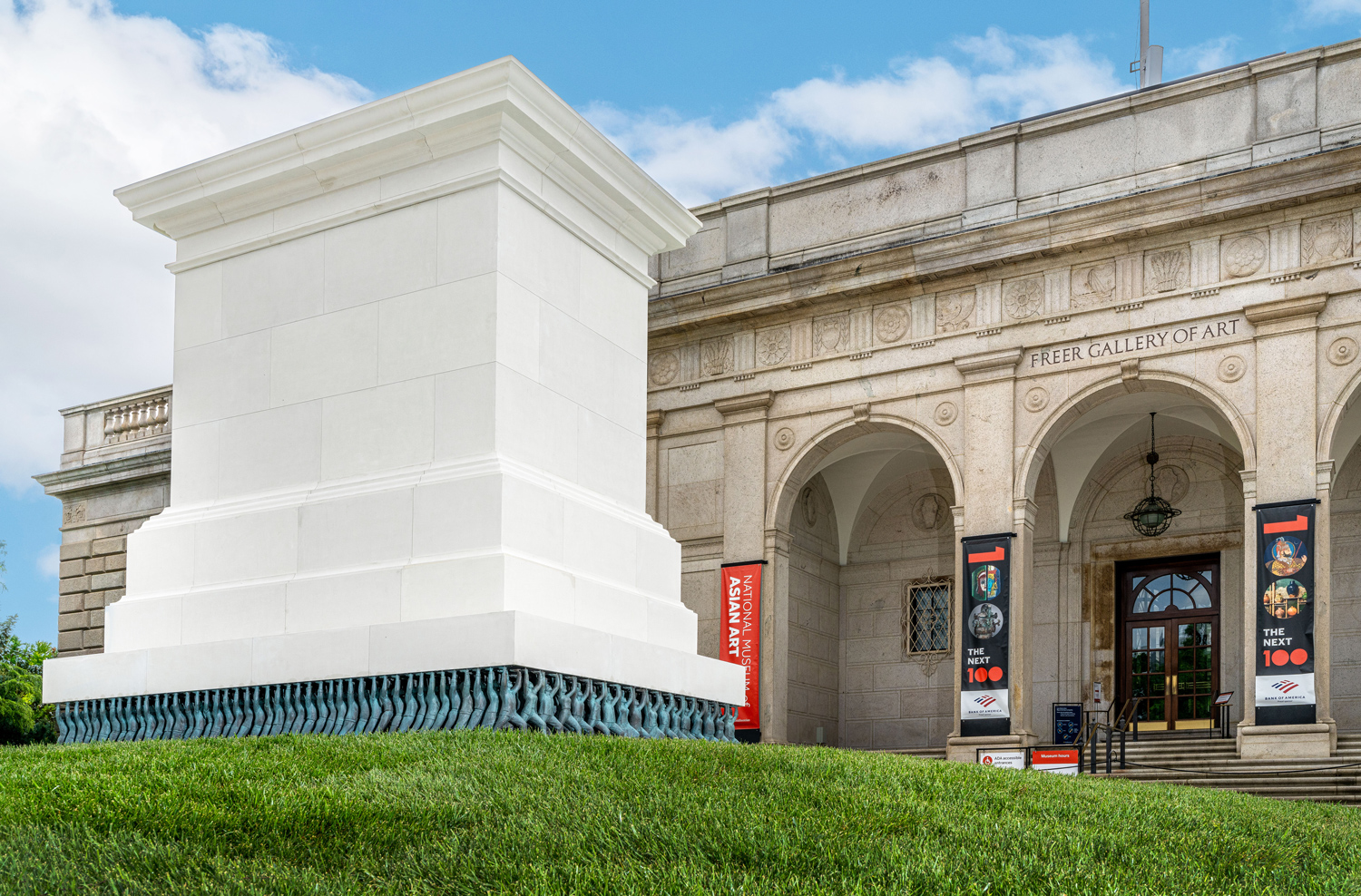
Public Figures has a pedestal but no statue.
All over the United States, there are statues of famous people. Artists create large statues of people they want to honor and remember. They may put the statues on a pedestal, or base, to make them even taller. But a new sculpture in Washington, D.C., features a pedestal without a statue. It was designed that way for a reason.
The sculpture, called Public Figures, is a pedestal that stands 10 feet (3 meters) high and is being held up by dozens of tiny sculptures of people. Its creator, South Korean artist Do Ho Suh, did not put a statue of an individual on top because he wanted people to ask themselves: Why do we build statues of people, and who do we choose as our heroes?
In 2021, an organization called Monument Lab collected information about all the statues in the United States. It found that most of the people honored in statues were white, male, and wealthy, even though the nation owes its success to people of many different backgrounds. All those people who aren’t usually recognized are represented as the tiny figures holding up the pedestal of Public Figures.
The sculpture is now on display outside the National Museum of Asian Art in Washington, D.C.
